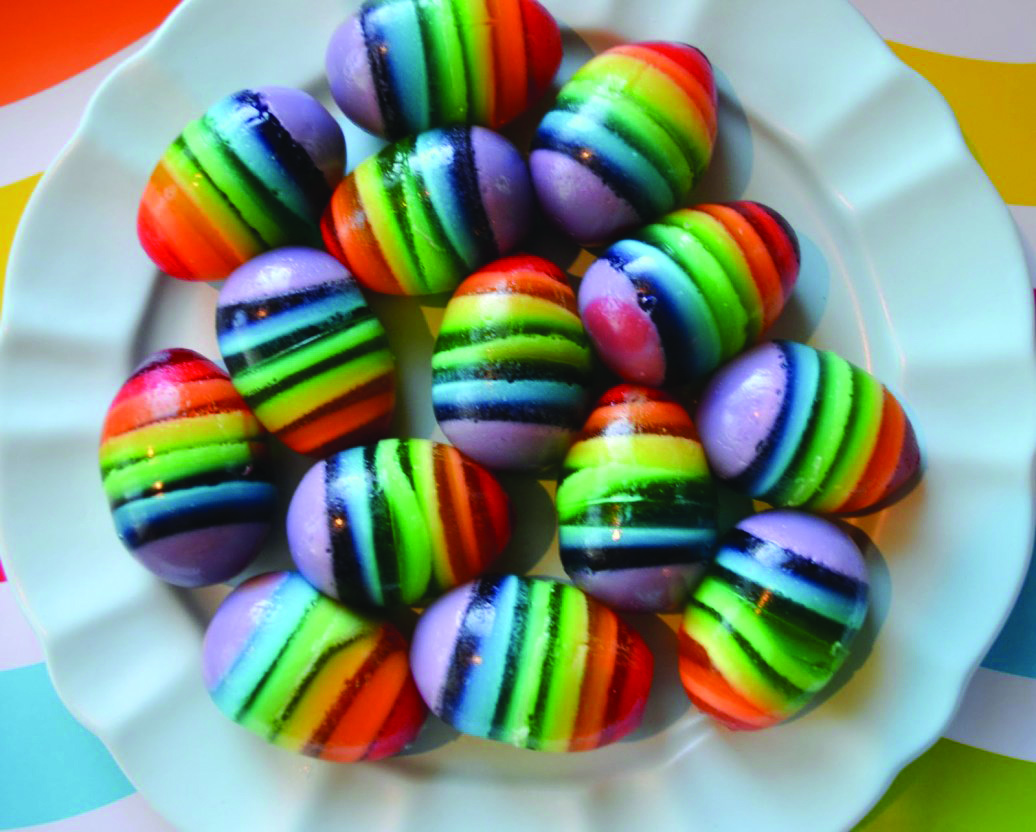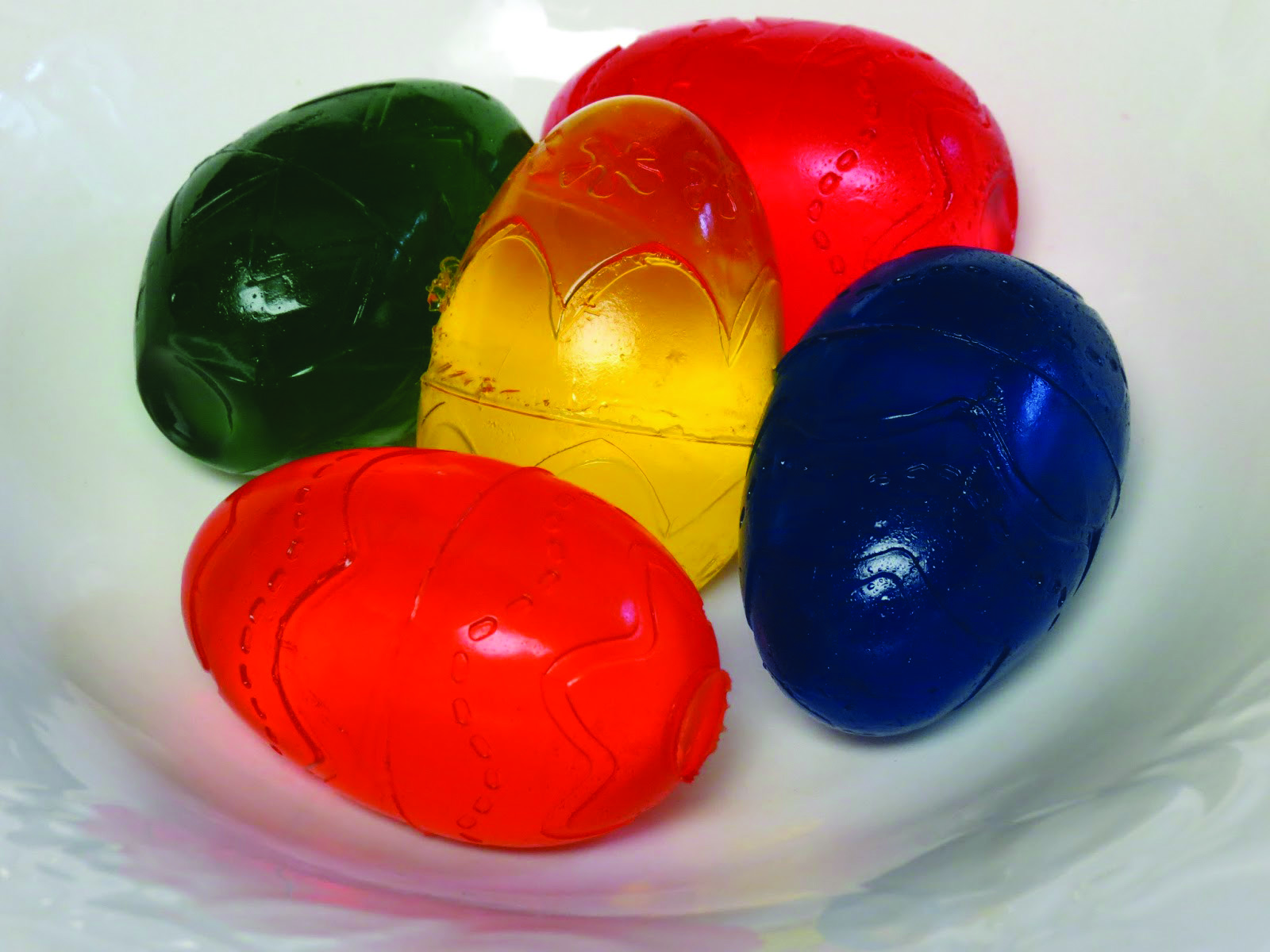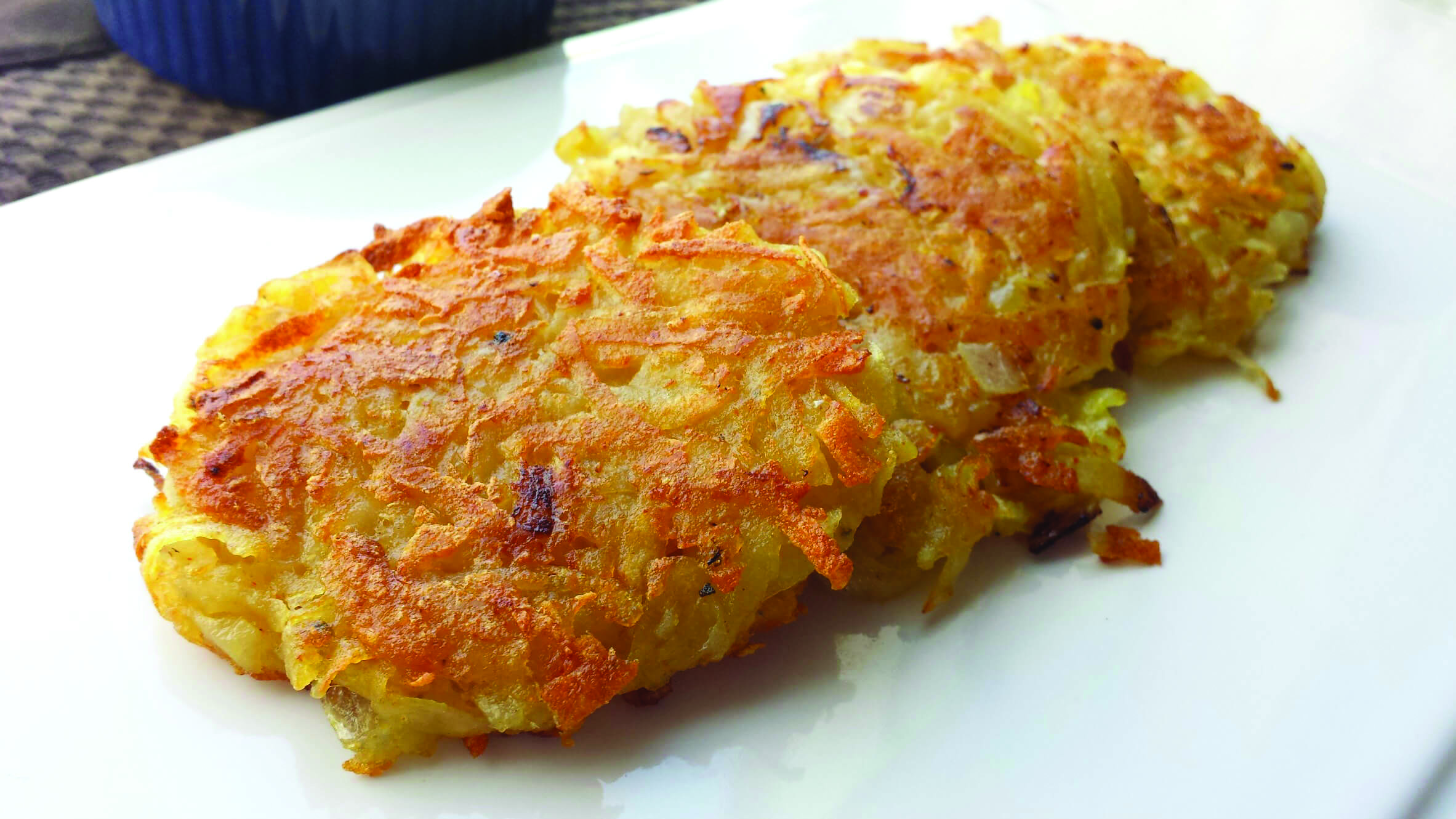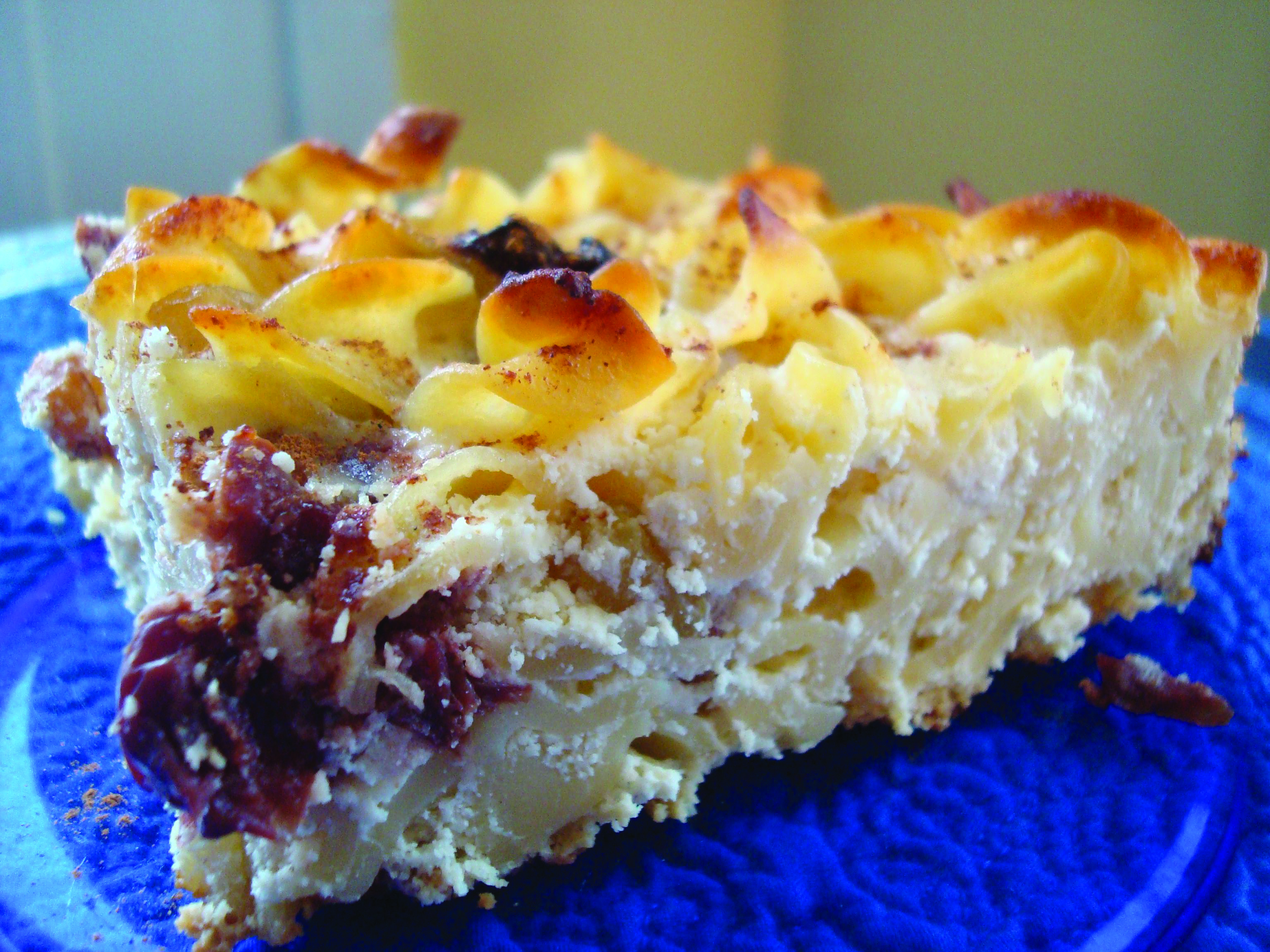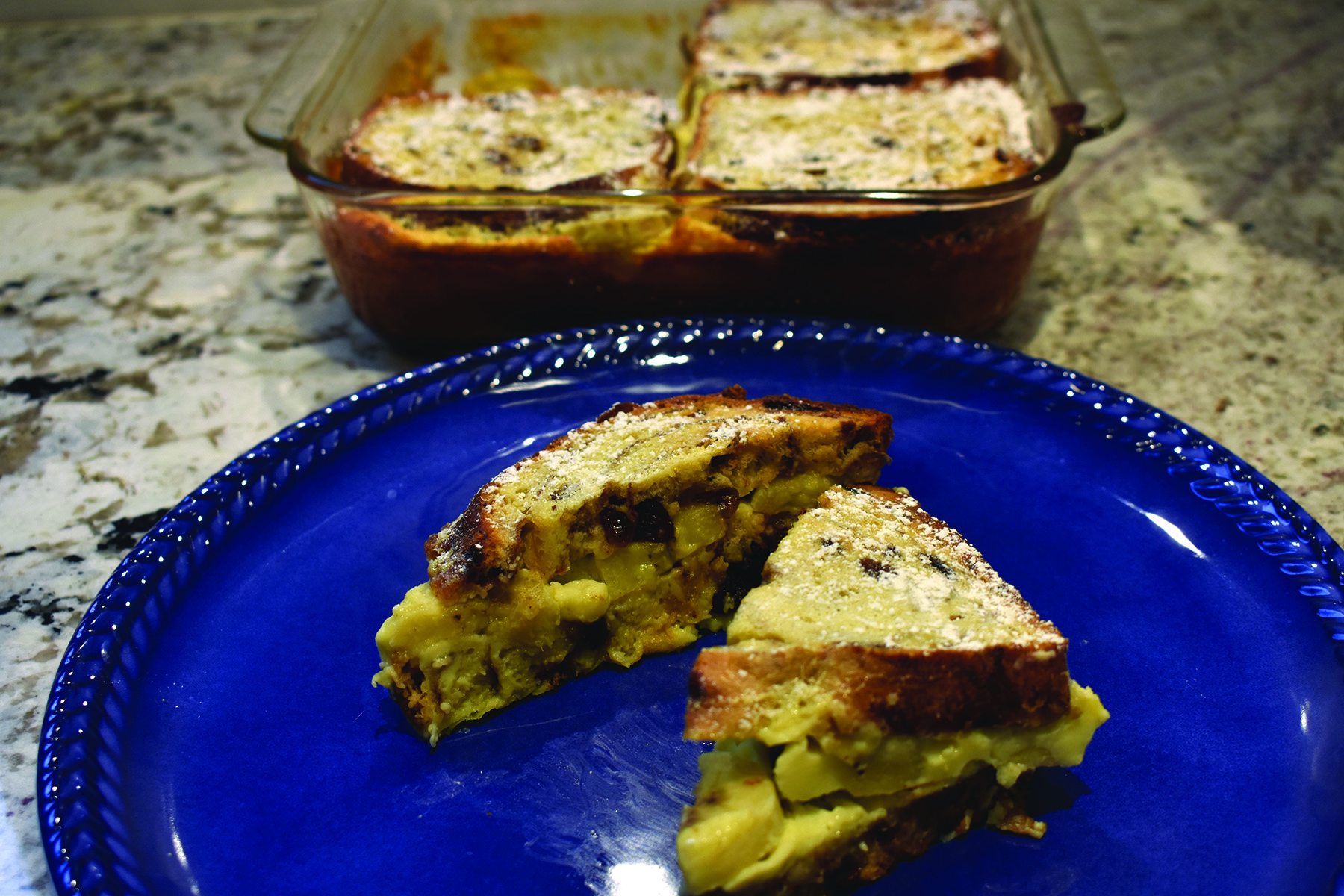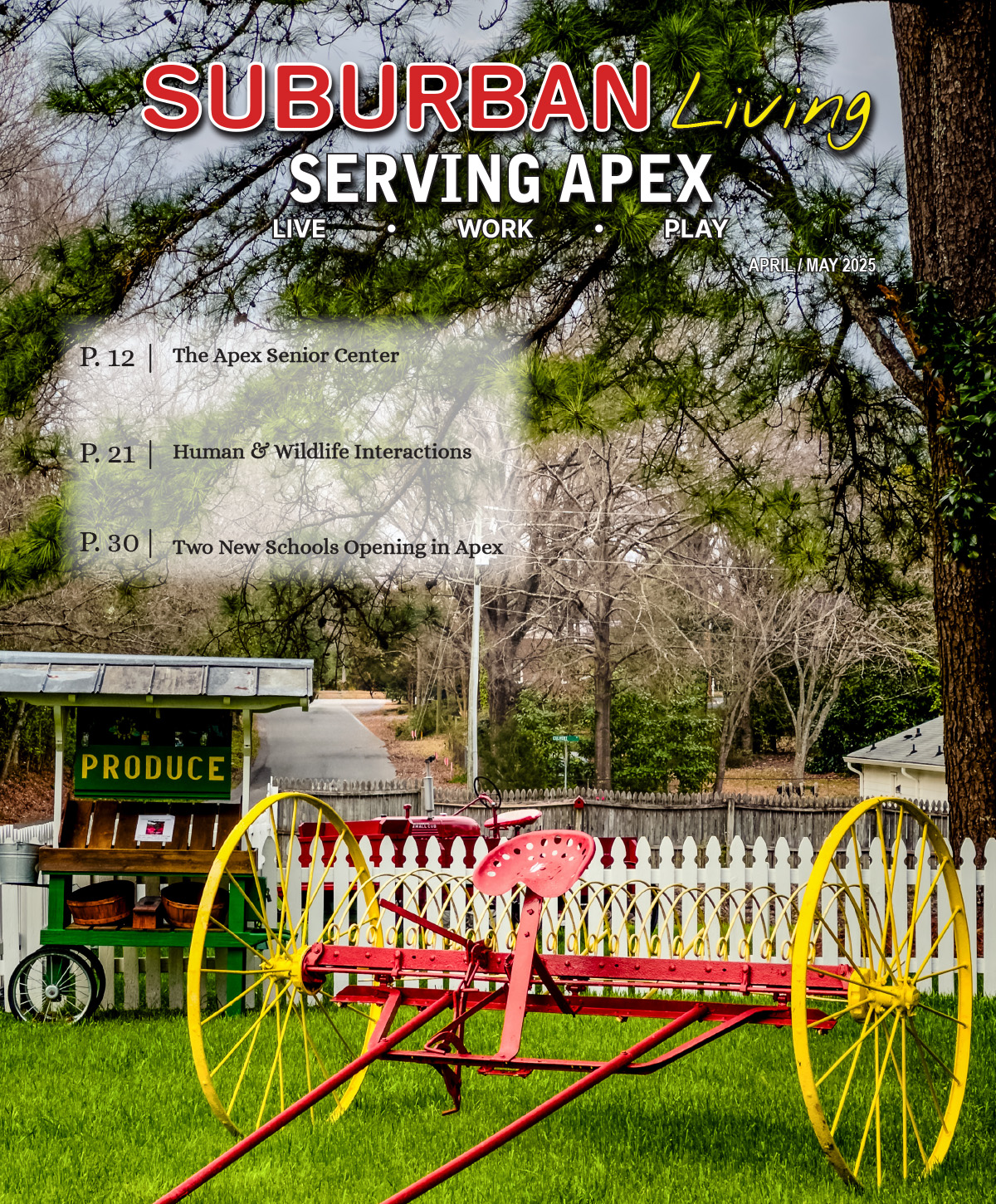Debbie Jaluvka of Apex tells us, “My mother-in-law made Jello Easter Eggs every Easter and eventually made them jellybean size. It got to the point that every Easter, that’s what my husband, Gary, and later our kids, Michelle and Matthew, got super-excited for when going to Grandma’s house. I will miss that this year. It’s funny that’s it’s the little things we remember. I could try to duplicate them, but it wouldn’t be the same.”
There are many Jello mold recipes available online. We found a few that come close to the Jaluvka family recipe and we edited them a bit for clarity.
Jello Easter Eggs
Ingredients:
1 (6-ounce) box Jello (any flavor)
1 1/2 cups boiling water
Egg-shaped molds
Cooking spray
Directions:
Spray insides of both sides of egg mold and along rims with cooking spray. Close mold, matching up rims of egg halves. Snap each of the individual egg halves together until each egg is firmly sealed. Place mold, fill-side up, on tray.
Add boiling water to gelatin mix in large bowl. Stir 3 minutes until completely dissolved. Carefully use a measuring cup with a pour spout to pour hot Jello liquid into molds through fill-holes until each egg is filled just to top of egg shape.
Refrigerate 3 hours or until firm. Open mold using a dull flat knife to gently pry between the halves of each egg. (Do not pull on the handle.) Turn mold over and shake gently to unmold eggs. Keep refrigerated.
Note: If finding egg molds proves to be a challenge, we speculate that a work-around might be to set the Jello in a 9×13-inch pan. When firm, use Easter-themed cookie cutters to create jiggly, tasty Easter treats, and give the leftover “edges” to your little helpers.
Rainbow Jello Easter Eggs (from camilleiam.com)
Ingredients:
6 flavors of Jello (3 oz. boxes)
1 tub of whipped topping
20 plastic Easter eggs
Cooking spray
Medicine syringe
Whisk
Directions:
If you’re into something slightly more adventurous than what you saw on the previous page, we’ve got it for you. Rather than use a mold, this method uses the same plastic eggs that are used to hide treats around the yard.
Once you’ve cleaned the eggs, drill a hole in the top of the egg, just big enough to fit the tip of your medicine syringe. This method calls for the use of medium sized eggs. You’ll have to adjust your measurements accordingly for smaller or larger eggs.
Next, spray the insides of the eggs with cooking spray and set them aside. Put 1 cup of water in the measuring bowl and heat it up in the microwave for 2 minutes. Then dissolve the first Jello flavor into the water and let it cool down for a little bit, just so it’s not blazing hot, but warm is fine. I will refer to this as the clear mixture.
Pour 1/2 of the Jello mixture into a separate bowl and whisk in 1/3 cup of whipped topping. This will be your creamy layer.
Next, suck up 5 mL of the creamy mixture into the medicine syringe and put it into one egg. Do this until all of the eggs have 5 mL of creamy Jello in the bottom of them. Remember: Adjust the amount of Jello for how big your eggs are. If you used bigger eggs, put 7-10 mL in. If you used smaller eggs, put 2-4 mL in.
Put the eggs in the fridge for 30 minutes to set up. Don’t worry, only the first layer takes 30 minutes, the rest of the layers take about 15 minutes.
Next, suck up 5 mL of the clear mixture of the same color and put it into all of the eggs. Put them into the fridge to set up for 15 minutes. Repeat this process, alternating between creamy and clear mixtures, letting each layer set up in the fridge until your whole egg is filled.
A couple of tips:
– Make sure that your eggs are sitting straight up in your egg carton so that the layers set up straight.
– Mix your next color while waiting for the previous layer to set up. If you make them all at once, some if them will start to set up before it’s time to put them into the eggs. This way you can also use the same bowl for every layer by rinsing it in between colors.
– Since eggs get smaller toward the top, the last 4 or 5 layers only need about 3 mL. You can kind of see the layers through the plastic eggs, so just try and gauge how much of each layer you need to put in so that they’ll look even in the end.
– Be patient, this does take some time because you’re waiting around for the layers to set up. Put on your favorite TV show, watch half an episode, then fill your next layer, and continue!
Once all the layers are set up, it’s time to get them out and see what they look like! Be very careful trying to get them out. The best, most successful way I have found to do this is by turning them upside down, taking the bottom plastic off first, then turning it right side up, and wiggling the top part off.
The following recipe has been a Good Friday family favorite for as long as Kathy Meyerl can remember, enjoying it first in her mother’s kitchen in Pittsburgh, as early as the 1940s while growing up in the Steel City.
Potato Pancakes have been popular in Eastern Europe since mid-1800. As a Jewish dish, it’s traditionally prepared at Hanukkah, but with Good Friday and Passover being so close, it seems that the recipe could really be enjoyed this time of the year by all faiths.
KATHY’S CLASSIC POTATO PANCAKES
Ingredients:
2 cups of peeled, grated potatoes
1 small finely chopped onion
¼ cup milk
4 Tbs all-purpose flour
1 tsp salt
¼ tsp black pepper
1 tsp baking powder
4 Tbs oil
Directions:
In mixing bowl, combine grated potatoes and finely chopped onion.
In a small bowl, combine flour, salt, pepper, and baking powder. Sprinkle over the potato and onion mixture and stir until well blended.
Heat 4 Tbs of oil – enough to coat entire skillet
Drop balls of the potato mixture into the skillet and flatten to resemble a pancake; fry on both sides until golden brown.
Drain on paper towels and place on cooking rack; if necessary, transfer to the oven (200 degrees) to keep warm while you make subsequent batches or remainder of the meal.
Time: 35 mins (20 mins prep; 15 mins cook)
Serving Size: 8
This recipe came from Denise Sutton. Denise was working at a news station in Florida when their guest chef prepared a traditionally Jewish dish at the station. Being in an interfaith couple, she was excited to bring the recipe home to prepare it for her Jewish husband. That was 25 years ago, and they still use the recipe every Passover for dessert.
Chef Glen’s Sweet Kugel
Ingredients:
8 oz. wide egg noodles (cooked)
1 cup sour cream
8 oz. cottage cheese
4 oz. butter
4 oz. sugar
5 large eggs
1 teaspoon vanilla extract
1 teaspoon ground cinnamon
1/4 cup raisins
1/2 cup heavy cream
Directions:
Combine all ingredients together in mixing bowl then pour into buttered baking dish and bake at 350° F oven for 1 hour or until set and firm to touch. Serve warmed or at room temperature.
Can be made ahead of time – refrigerate and reheat for service.
Makes about 12 servings.
BANANA RAISIN BREAD FRENCH TOAST
Apex resident Laura Wilson declares this recipe “the best Banana Raisin Bread French Toast” and tells us it’s her tradition to make this a double recipe for Easter with her husband Lew’s family.
Ingredients:
8 slices Cinnamon Raisin Bread
2 medium bananas cut in 1/4-inch slices
1 cup milk
4 ounces softened cream cheese
3 eggs
1/3 cup sugar
3 tablespoons all-purpose flour
2 teaspoons vanilla extract
Powdered sugar (optional)
Directions:
Heat oven to 350° F.
Place four slices of raisin bread in a single layer in a buttered 9-inch square baking dish. Top with bananas and four slices of raisin bread.
Blend milk, cream cheese, eggs, sugar, flour and vanilla in a blender or food processor until smooth.
Pour over raisin bread. Let stand 5 minutes or refrigerate overnight.
Bake 40 to 45 minutes (50 to 55 minutes if refrigerated) until set and top is toasted.
Let stand 10 minutes.
Cut French toast into diagonal halves and remove with spatula. Dust servings with powdered sugar if desired.

